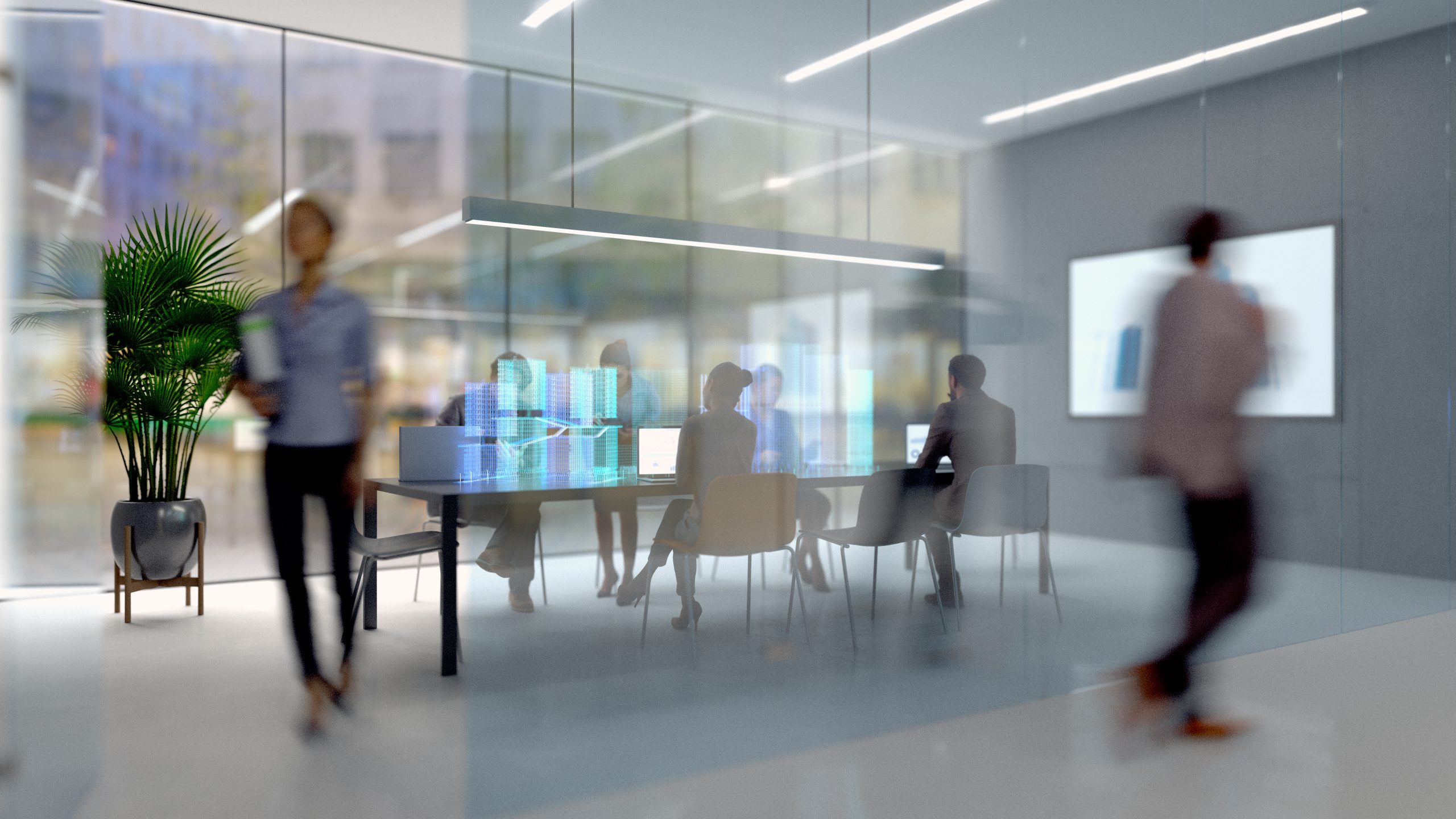Homeworking or not – transforming your siloed access control into integrated visitor management will offer huge benefits
As organisations look ahead to re-opening their premises, we are seeing different approaches being suggested by major employers in different sectors. Some are favouring an increase in homeworking, and others insisting that a large-scale return to the office is now essential.
For example, investment bank Goldman Sachs believes that fostering a “collaborative and innovative” corporate culture relies on employees coming together on site and the company is not alone in the financial sector.
Boss David Solomon told a conference this month that the 90% homeworking pattern of 2020 was an “aberration”. He rejected calls for homeworking to become the new normal.
By contrast, tech companies seem to be more enthusiastic about increased home working, with Microsoft, Facebook and Twitter saying that staff would have the option to work away from offices permanently.
Whether one pattern becomes the new normal – or the picture remains fragmented – the pandemic has accelerated changes in the way all organisations think.
There is a new focus on resilience and efficiency.
We are seeing changes in the way all facilities and workplaces are managed and operated, from office workspaces to retail stores to multi-tenanted buildings and campuses.
Security and facilities managers have begun to modernise the way their systems are configured, with integration bringing together functions that were previously siloed and not delivering maximum value.
This model of seamless integration is now being implemented for customers globally with the result that those old cornerstone security and BMS technologies are being transformed.
For example, traditional access control is becoming part of something much richer and more beneficial: powerful visitor management solutions that reach deep into the organisation – integrating with corporate systems including Microsoft’s Active Directory and Outlook – to give efficiency benefits to every department.
If that sounds complex or expensive, it’s not – or it shouldn’t be.
If done right, it’s more affordable and simpler, because it’s all managed and controlled through a unified interface.
Whereas conventional access control was focused almost entirely on security, and the need to keep unauthorised people out, the new visitor management solutions address multiple needs in a simple and logical way.
For example, they recognise that staff and authorised visitors need to be welcomed into premises more efficiently, without hassle or delay. That welcome needs to include giving them all the services they need before arrival and once they get there, from security QR codes for entry to parking spaces, from updated safety information to network access.
The new approach to integrated visitor management also recognise that organisations need better oversight and more granular data about how all their premises are being used.
That data will be increasingly important in the months and years ahead, as pressure grows to operate facilities more efficiently.
As working patterns change – whether homeworking becomes widespread or not – we’re likely to see much more flexible use of buildings with staff moving between different locations.
We’ve seen this trend accelerating over the last year – in the case of busy health services for example, reallocation of essential personnel has been required at short notice.
Security and building systems have been integrated to support that flexibility.
Away from the health sector, organisations will increasingly be competing attract and retain good people by providing more attractive and well-run facilities.
Integrating security and building systems will be key, and upgrading access control to visitor management is a great place to start.
This approach enables functions to be extended almost without limit, to meet the requirements of every site. For example:
- Enhanced car park management that encompasses ANPR/LPR cameras and AI video analytics, linked to automated signage, can allow faster vehicle access; notifications sent ahead of arrival can include parking space allocation.
- Personalised and on-arrival messaging can guide visitors from their park space to entrances, optimizing people flow.
- ID verification and screening processes can be standardised by organisation and set to match the level of security and risk at each site.
- Using one-time QR codes frictionless entry can be granted to lobbies and reception areas, elevators, specific meeting rooms, and to access guest Wi-Fi or site IT networks and systems for employees and staff.
- Staff and contractors can work more flexibly and securely across multiple locations, to gain access to workspaces and hot desks, book meeting rooms and use resources at different locations.
- The same processes can manage and verify delivery vehicles and their drivers, directing bikes and vans to goods-in rather than receptions and lobbies, or for busier sites, trucks can be directed to holding areas during peak times or specific loading bays, reducing bottlenecks and ensuring secure, smooth and efficient operations.
- Facial recognition intercoms can be deployed at mission-critical site entrances or where users need multi-factor authentication to restrict access to sensitive areas, such as server rooms, or high-risk environments such as machinery and plant rooms.
Thanks to these advances in integration and visitor management technology, today, it’s easier than ever to experiment with new working arrangements and to redesign safe and secure workspaces and make informed decision about future building usage. This allows security and FM teams to not only to enhance the visitor and VIP guest experience but also focus on improving employee satisfaction, engagement, wellbeing, which in turn fosters innovation and increase sales activity to positively impact the bottom. And this is one reason why there’s a shift away from security tech being seen as a grudge purchase, and instead a futureproof investment that benefits entire organisations and their stakeholders.
